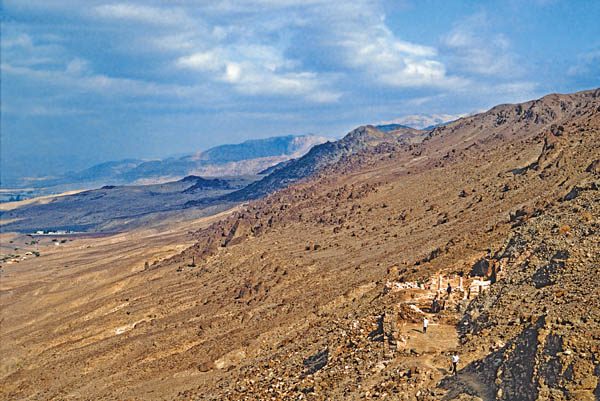
If I were to ask you to guess where the largest group of cemeteries in the ancient world—with tens of thousands of graves—was located, where would you say? Outside some thriving ancient metropolis? In some verdant landscape redolent of Eden? The last place in the world that would probably come to mind would be the desolation and harshness of the lowest spot on earth. Yet that is where it is, southeast of the Dead Sea in modern Jordan.
More specifically, these ancient cemeteries are in the ghors (valleys) southeast of the Dead Sea. These ghors are alluvial fans at the mouth of wadis entering the Rift Valley from the east. The Ghor es-Safi, on which this article will primarily focus, lies at the mouth of the Wadi al-Hasa.
This is the location of Biblical Zoar, one of the five Cities of the Plain that rebelled against the king of Elam (along with the rebel kings of Sodom, Gomorrah, Admah and Zeboiim) (Genesis 14). Later, as Sodom and Gomorrah were being destroyed, Lot and his daughters fled to Zoar (Genesis 19:22–23). During the Byzantine period and even into the Umayyad period (fourth–seventh centuries A.D.) the Monastery of St. Lot flourished here, commemorating Lot’s flight from Sodom.a
Already a library member? Log in here.
Institution user? Log in with your IP address.

